Luxury Meets
Korean Style
GUCCI GAOK Blends Chic
with Korean Traditional Sensibilities
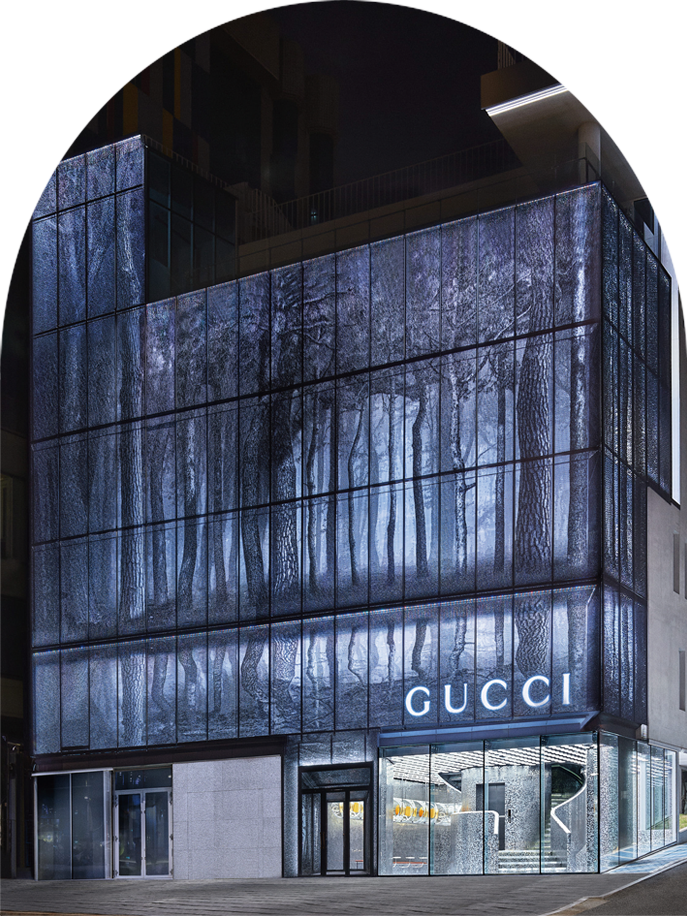
WRITTEN BY
Yu Pureum
Photos courtesy of
GUCCI Korea
Many luxury brands are trying to tap into the Korean identity as global interest in Korean culture increases. A great example is Gucci’s flagship shop “GUCCI GAOK,” which opened in Itaewon in 2021. The shop is remarkable in that it has assimilated not only the outward form of Korean tradition, but also the spirit at the foundation of Korean culture.
GUCCI GAOK appears to be quite different from conventional Korean folk homes at first glance. It has neither the roof tiles nor pine pillars that are typically associated with traditional Korean houses and lacks the simple ambiance that is characteristic of Korean housing. Rather, the GUCCI GAOK’s exterior is ornamented with a multimedia facade and cutting-edge technology, while the interior emits dazzling elegance. Nonetheless, how can GUCCI GAOK be defined as a collaboration with something Korean?
A Store that Embraces
Korean Hospitality
The clue can be found in the word “Gaok.” Gucci’s principle was to name stores after streets or regions, such as Monte Napoleon Branch in Milan and New York Fifth Avenue in New York. However, with the opening of the GUCCI GAOK, Gucci was the first to take the name of a country’s traditional residence. It draws on the symbolism of the spatial culture implied by the Korean concept of “home.”
Although “home” implies many things, the primary symbolism is “hospitality.” Korea has always welcomed guests and treated them with respect. As a result, GUCCI GAOK is a name that embraces the space’s identity and direction in order to create a welcoming environment that reflects Korean hospitality.
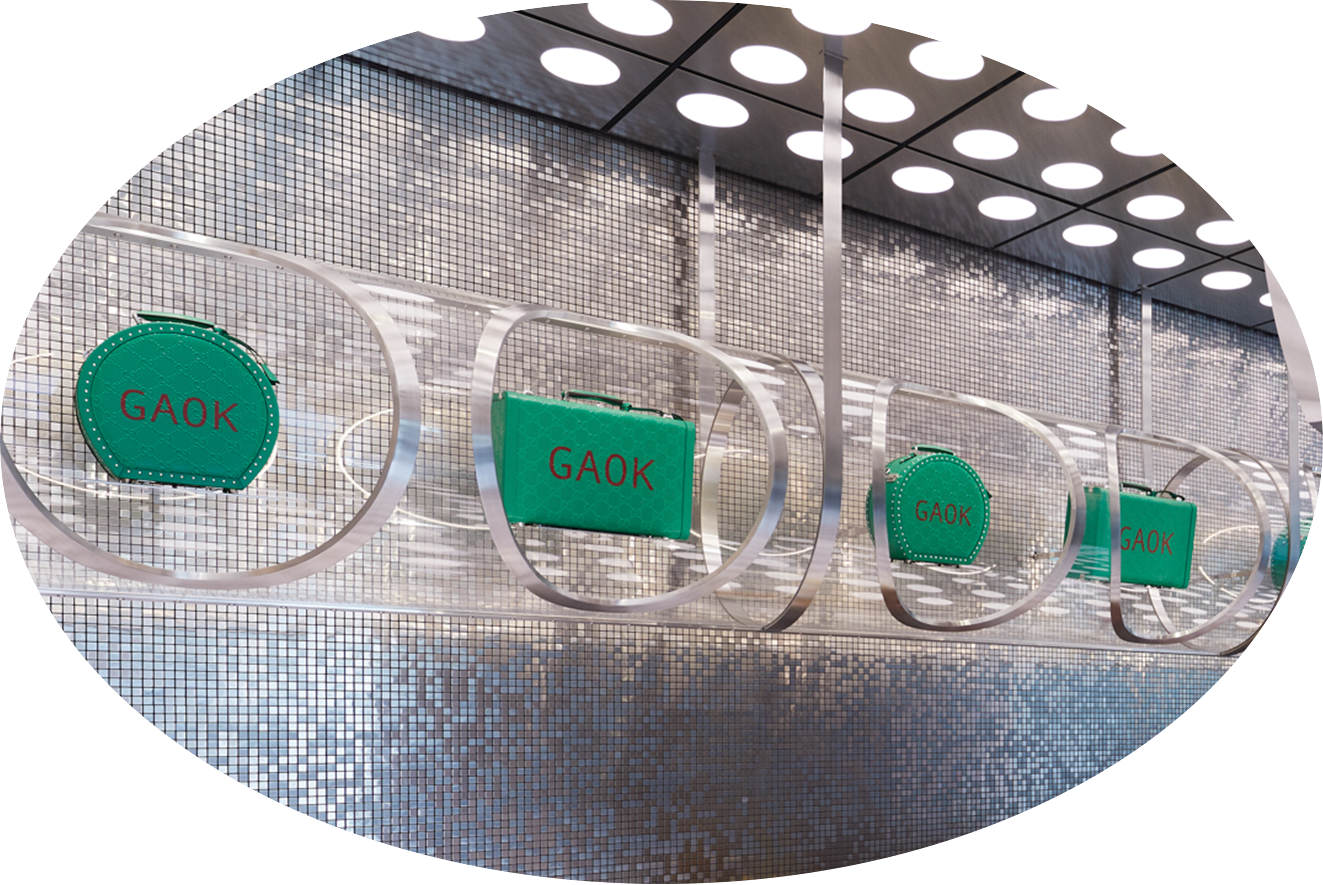
GUCCI GAOK’s products use traditional Korean color patterns. ©sisajournal-e
Adding the Korean Emotion
GUCCI GAOK has embraced Korean traditions in its promotional activities, including its opening events. In particular, its teaser campaign under the concept of gosa, an ancestral rite praying for success in a major undertaking, proved a great success. The Italian headquarters team created a new image specifically for the GUCCI GAOK after the Korean team proposed the idea of gosa, providing the photos of the food served during the rite and explanations of each food’s significance. The completed gosa table poster recreated the Korean gosa table with dried pollack, fruits, candles and a pig’s head.
The poster displayed meticulous attention to detail, such as placing only odd numbers of fruits on the table and wrapping silk thread around the dried pollack.
GUCCI GAOK has even recreated the Korean custom of giving isatteok(rice cakes gifted to new neighbors when moving to a new residence), now rarely performed in Korea. Since ancient times, it has been conventional in Korea to give rice cakes―especially sirutteok(steamed rice cakes garnished with red beans)―when moving. This is because there was a myth that using red beans in steamed rice cake would ward off evil because mischievous spirits are afraid of red. In addition, it is also a custom of recognition and hospitality that the person who moved introduces himself by giving rice cakes, with the persons who receive the rice cake warmly welcoming their new neighbors. Inspired by this custom, the invitation to the GUCCI GAOK opening event letter was delivered with the sirutteok packaged with bojagi(wrapping cloth). In these small details, one guest commented, “It reminded me of our forgotten emotions,” adding, “I could feel that they really researched and showed respect for Korean culture.”
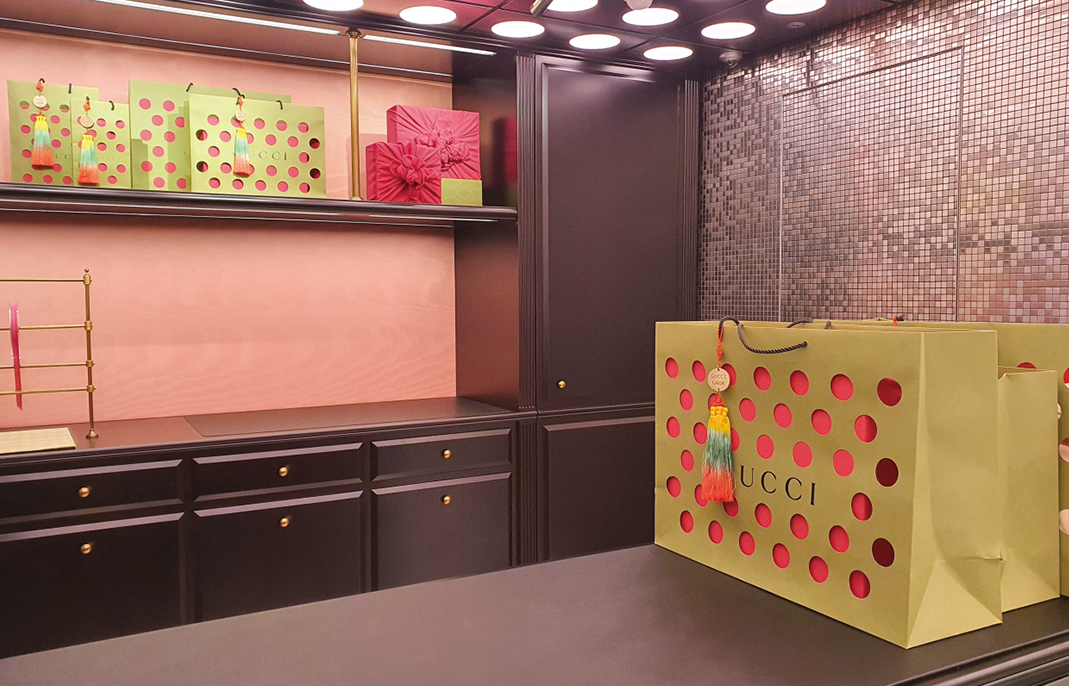
Some products incorporate the word ‘GAOK.’
Colors of Korea
Attempts to incorporate traditional Korean colors into products are also notable. The “Baiadera” collection of clothes and jewelry inspired by the traditional Korean pattern saekdong are two examples. In the case of the ‘Baiadera’ collection, patterns coated with colored jeogori on Gucci’s symbolic patterns were applied to products such as accessories, clothing and bags.
Packaging using bojagi and norigae(traditional trinkets) is also a special service that can only be found at GUCCI GAOK. The idea was based on the use of bojagi to pack or carry goods in Korea in the past. On one side of the shopping bag, norigae―an accessory attached to a traditional skirt―was hung to lend GUCCI GAOK a bit of uniqueness.
Broader and Deeper
Collaboration between luxury brands and Korean traditions has long been ongoing. Various attempts have been made, such as making clothes inspired by Hanbok, decorating parts of the store with moon jars, or designing flagship stores inspired by traditional dance.
Gucci’s recent move is noteworthy because it was more than just a remaking of Korean materials; it was a collaboration with Korea’s spirit, culture and unique customs, and it was based on solid research and respect for Korean culture. Thanks to the increased status of Korean culture, a collaboration between luxury brands and Korean traditions are expected to expand wider and deeper in the future.
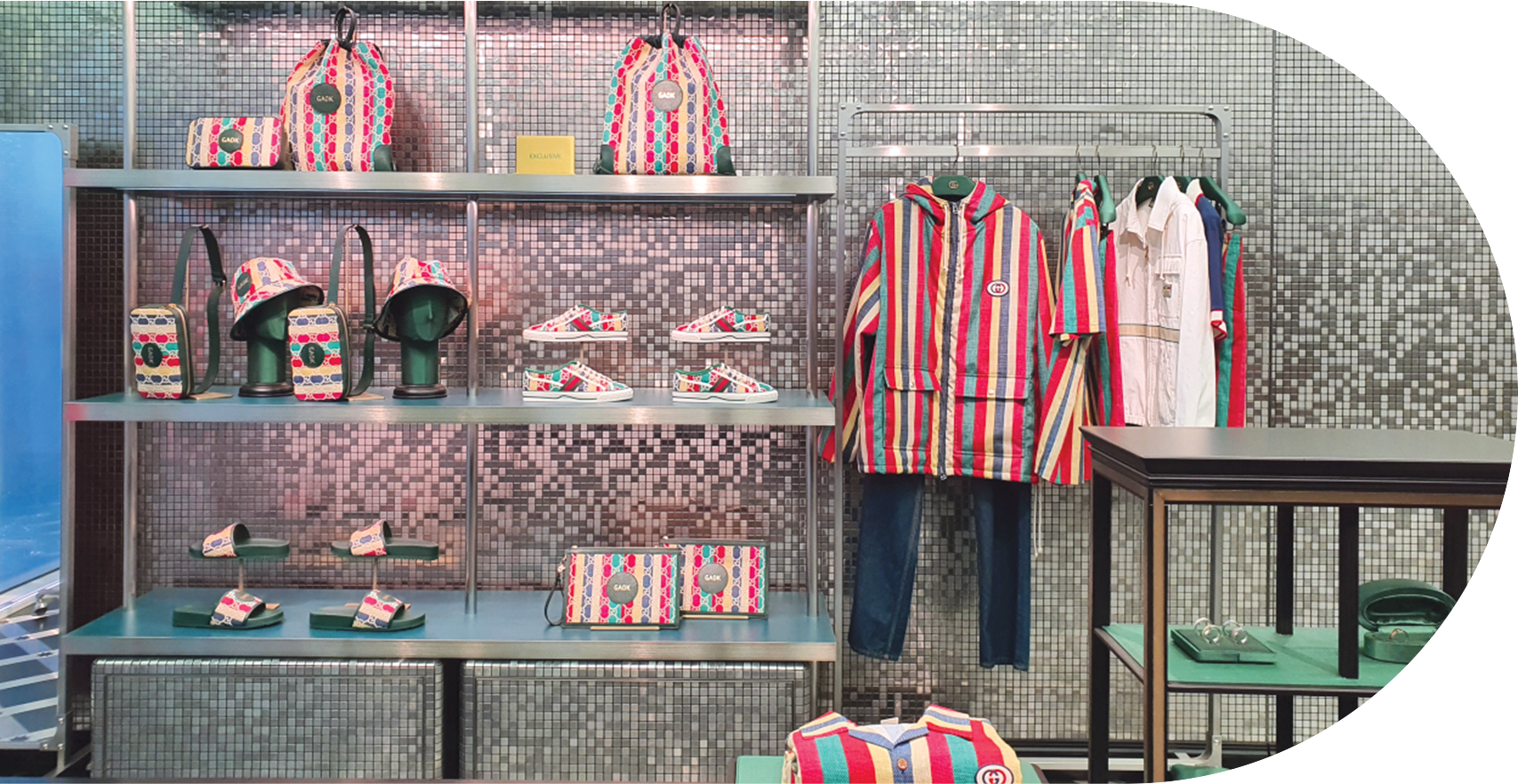
Other Articles
-
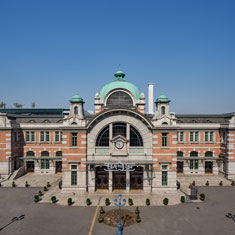
Special Ⅰ Linking Time and Space
-

Special Ⅱ Day Trip to a Flag Station
-
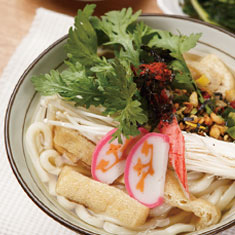
Trend Tasty Stations
-
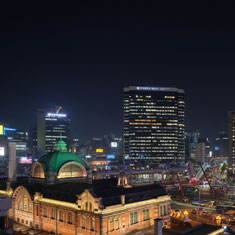
Hidden View Electric Night
-
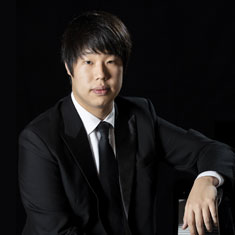
Interview Pianist Jae Hong Park
-
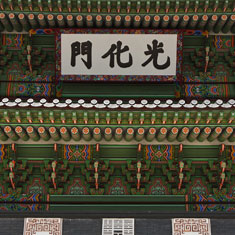
Art of Detail Brilliant Boards
-

Film & TV Hellbound
-
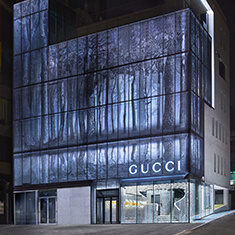
Collaboration Gucci Gaok
-

Current Korea Korea Reinvigorates Bilateral Ties
-
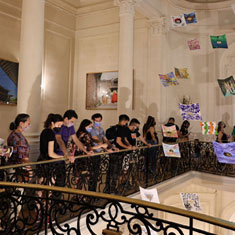
Global Korea Museum Night:Korean Cultural Center Opens at Night
